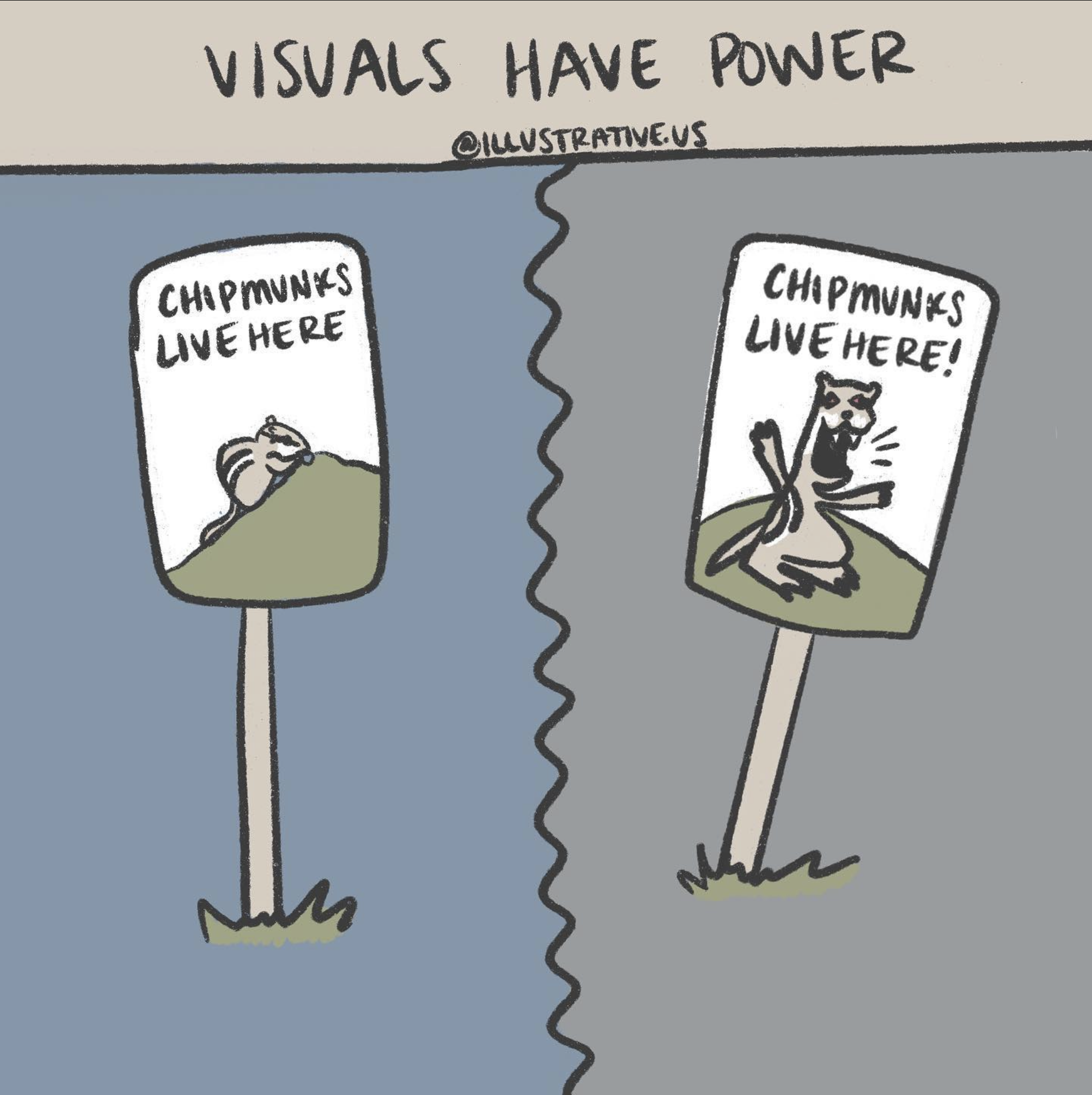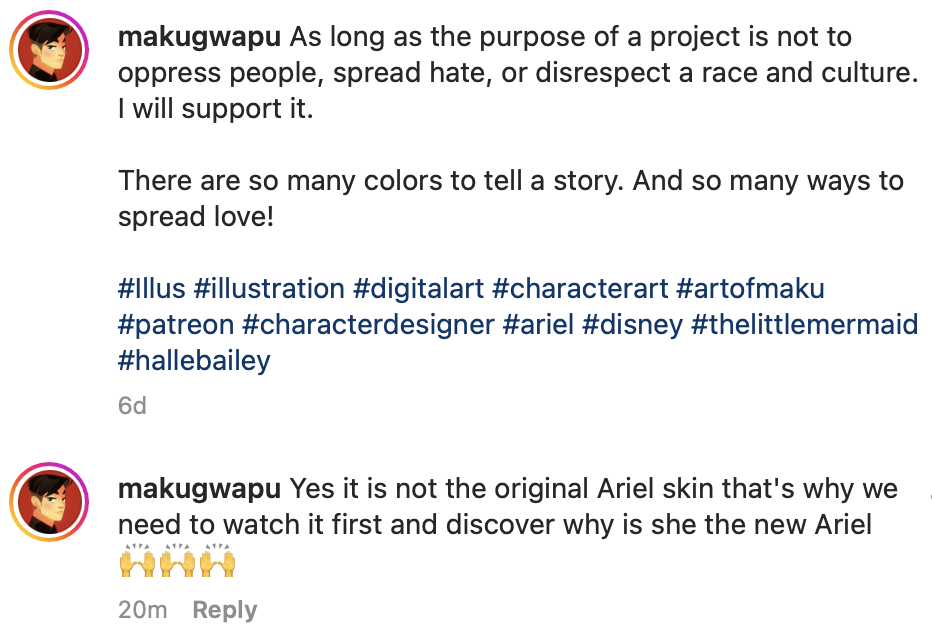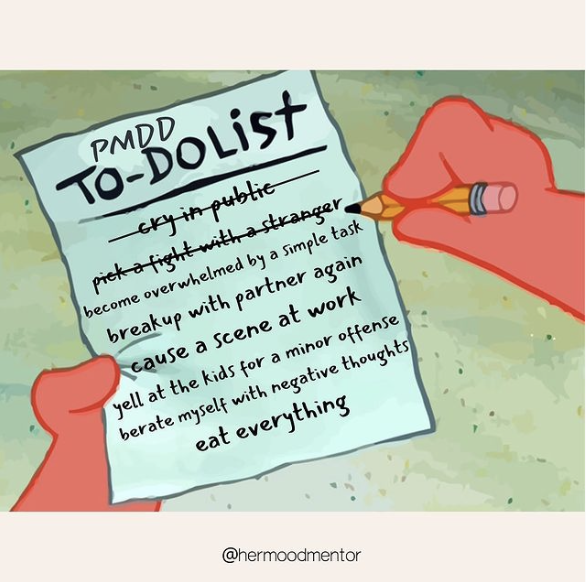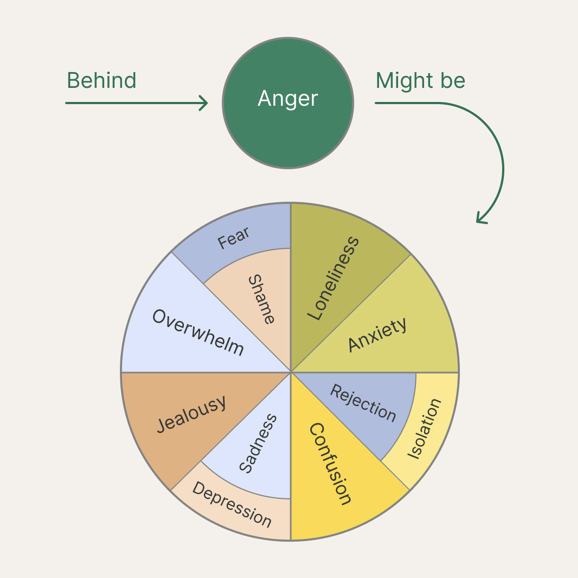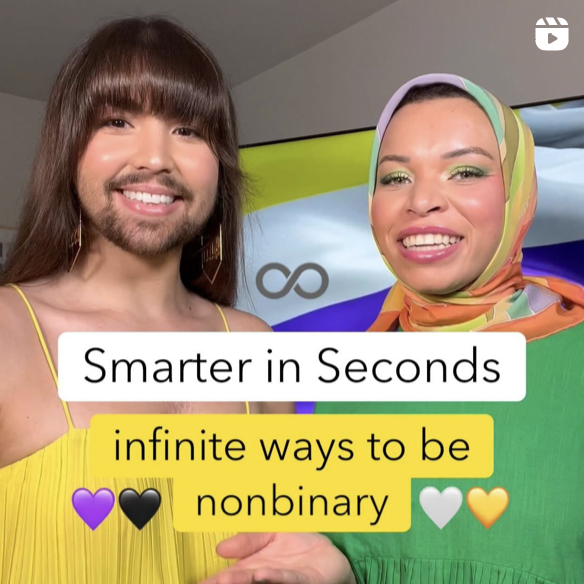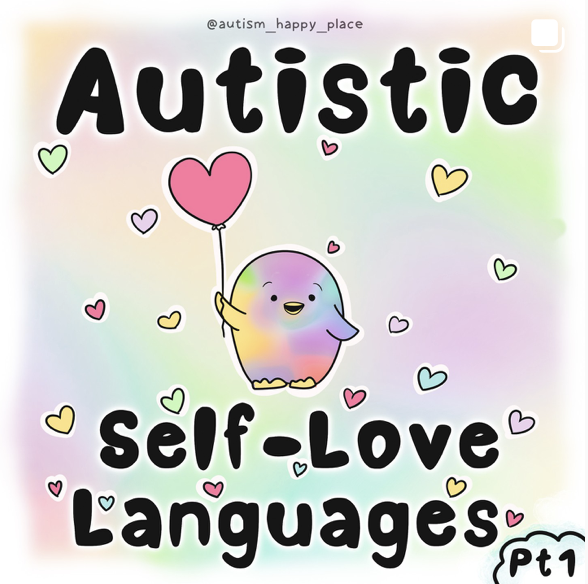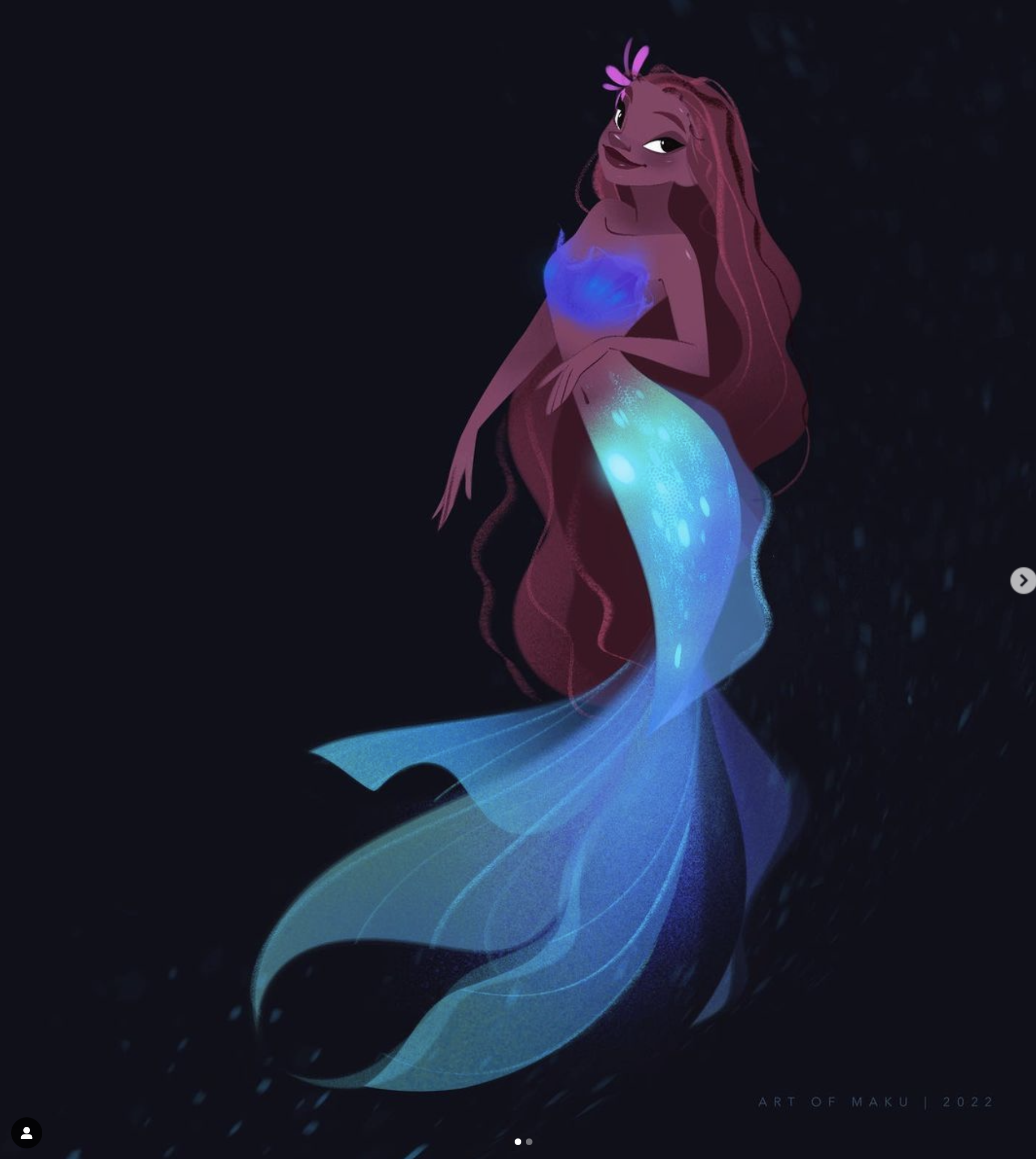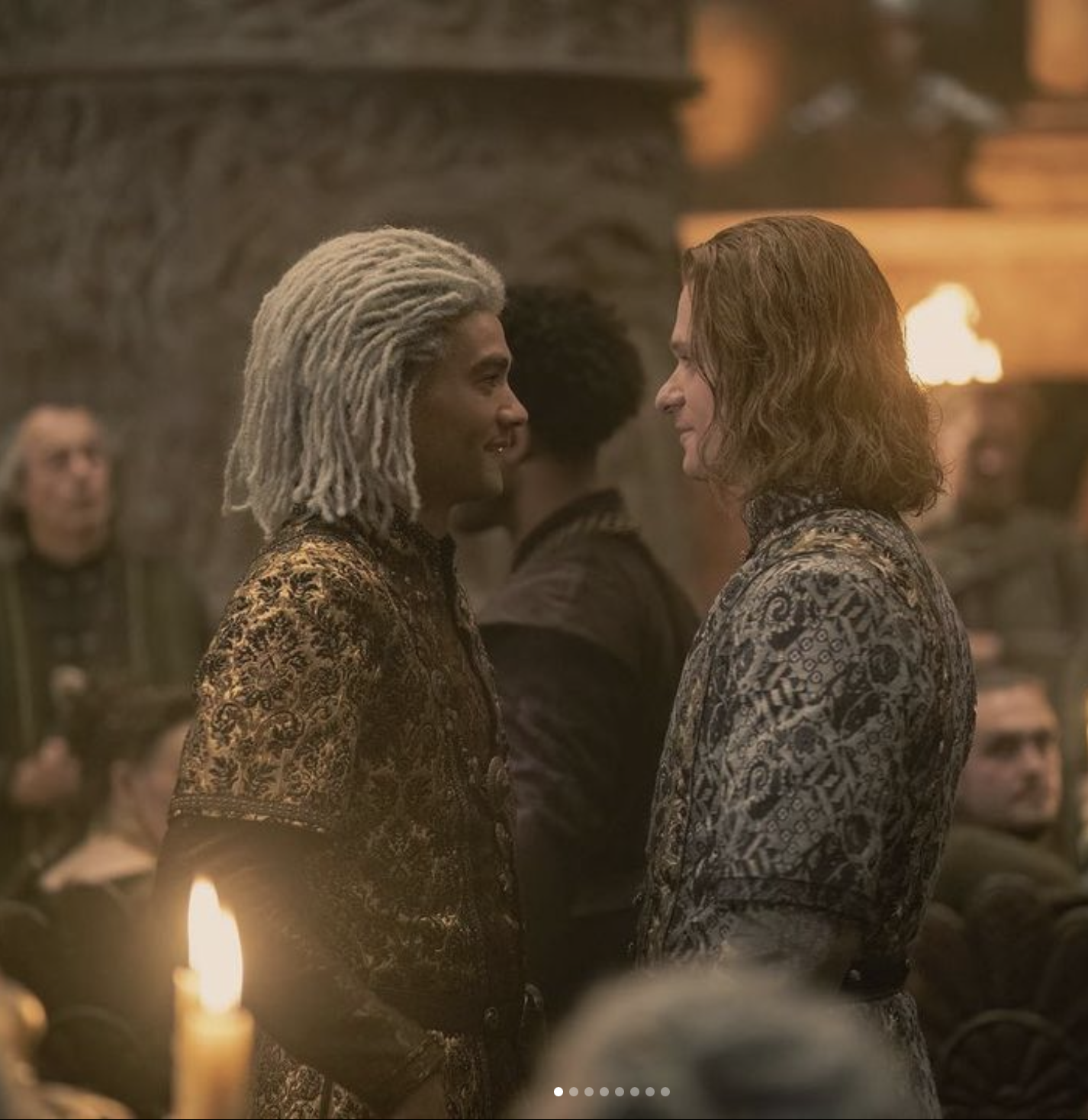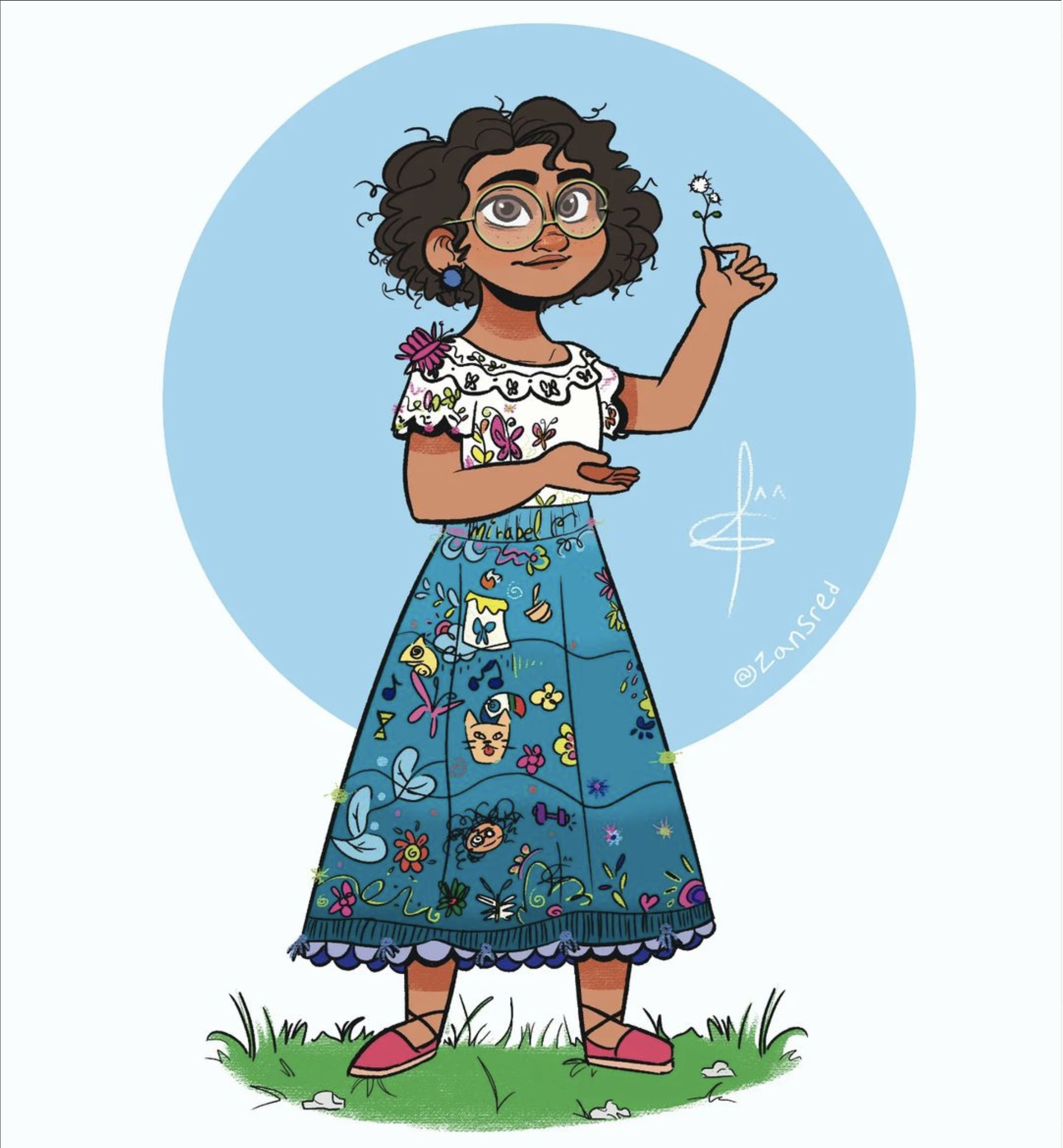The Dim History & Hopeful Future of Visual Persuasion
This will take around 15 minutes to read // Trigger Warning: This article address abuses and misrepresentations in history against marginalized groups which may apply to what the world says about you. I have put the paragraphs that include this language in italics. I chose to include it so those who do not experience that pain can see clearly the harm. If you have been heavily misrepresented in life I want you to know that you are worthy, you are a beautiful human being and you deserve better. That is why this article is here.
TL;DR: Visuals are so powerful they can start a war, cancel a person’s career, berate an entire group of people, qualify who a hero can be and they can also heal us, connect us, empower us, remind us, bring us joy and allow us to be a part of society. If we know how we are visually persuaded and who is visually persuading us, we can make intentional choices of how we want to show up and communicate, and that’s what gives me hope!
People have been using visuals to communicate forever to point out dangers, mark paths forward and share a story. We know the power of visuals when we look back through history, to see how large agencies, governments and systems of oppression have used pictures to build stereotypes and intimidate us. Now as we regain the ability to visually communicate with ourselves and our communities we have a new responsibility.
the story of DEPLETION
Unfortunately this story of depletion is not in the past. We buy things based on marketing visuals that were created to psychologically persuade us into a lifestyle, make us feel less than or play to our fear of missing out.
We sign on to local and global wars based on the defeat the enemy visuals presented to us by propaganda and media. Even things we love, like diamonds, are only valuable because of purposefully crafted marketing campaigns.
We label someone the enemy because of representation (or the lack of) We say, “Oh all the people I see like this are nice so that person must be nice too” or “That person is not to be trusted, look how they wear their pants, look what country they are from, look at their face, etc” And these ideas are not based on your real life experience, because you may not actually hang out with people who have similar life experiences to “them”.
We think these decisions are based on our own life experience but a huge percentage of it is internalized (learned over time) from expertly crafted campaigns against freedom and diversity.
the story of growth
If we were really allowed to be free and diverse the world would be beautifully wild. We would be harder to control and less predictable. AND from this place of wilderness we would have more representation of the spectrum of humanity.
We could see the possibilities of human talents, genders, creativity and intelligences. Through that representation we will be able to understand ourselves and each other more. I believe it’s the most important way that we can continue to live together more harmoniously.
Within the spectrum of humanity we would also be able to see what actually hurts people and is harmful to us - rather than visually romanticizing death, killing, bullying, abuse, etc we could see it for what it is and hold those actions accountable. Humans move as a social group together.
If acts of bravery are seen more than fear-based killing, we will look to be brave heroes.
If kindness is seen more than power plays, we would look to be kind.
And this does not require manipulation. There actually is more kindness and bravery in this world than the media, governments, large corporations and wealthy leaders show us.
So let’s start by looking at some of the ways we are tricked and some of the ways we can show truth so we can move forward together in strength and kindness.
Examples of visual harm
Propaganda - ie: information, especially of a biased or misleading nature, used to promote or publicize a particular political cause or point of view.
Propaganda brings up visuals of war posters, people being called into action to fight the enemy, political ads to shame the opponent in exchange for more votes and warnings of who to watch out for and what is going to be taken away from us.
In more modern times propaganda is in our algorithms within our phones, our streaming networks and on our social media platforms. You can clearly see it when you stop to listen to someone speak about their political views. All of the different groups (for example, there’s more than 2 sides) signify that they are a part of that group with the words they use and the topics they believe to be most important. You can tell from the way people talk whether that information was fed to them. Their examples are all the same. The words they use are the same. Their reasoning is the same. And when we ask the deeper why questions, they just repeat the things they’ve heard again as if you didn’t hear it the first time.
This is a clue that someone is under the influence of propaganda. It’s a bit sneakier now because we believe we have power over what we take in. Also, we can not avoid agreeing with certain things and disagreeing with others. As we choose what to follow and what not to follow we are also crafting an algorithm that feeds us visual information that fuels our hatred of others or increases our awareness of what we do not yet know.
Representation - Throughout history leaders have used visual representation to show who belongs and who doesn’t. They’ve belittled darker skinned people by making them look unintelligent and brute-like. They’ve raised light skinned people onto a pedestal by showing them as the heroes and problem solvers in books, movies, shows and all other kinds of stories. Gay people are shown as overly sexual. Emotional people are shown as the problem-causers. Those with mental disabilities are shown as a threat or a burden to society.
And these don’t just flow by without a scratch.
People are deeply scarred by these representations. So much so that these thoughts are often the biggest monsters they battle each day.
You can see it in the comments from people who don’t want their beloved pretend characters to be black or brown skinned, or smart and gay or a female leader or even to see the shadow side and weaknesses of their heroes. Some of the most painful conversation’s I’ve had of late are about “racism police taking over” and “ruining good stories”. <This IS visual persuasion that we are undoing now. It’s not going to feel “how things have always been” because it isn’t. We are undoing and repairing.
We are undoing past harmful visual persuasion now. It’s not going to feel “how things have always been” because it isn’t. We are undoing and repairing.
I am in a privileged position because I am white, heterosexual and cisgendered and I also have marginalizations of mental disabilities and being female. So when I see a woman in power or a mentally disabled person contributing and being loved for their different way of thinking I feel empowered, seen and inspired. When someone comes to me and tells me that isn’t right. That these characters are all wrong and it’s ruining everything, this unearths that voice that’s been built up within me that I am not smart enough or capable enough to lead. That I have nothing to contribute. That I am less than. This needs to stop.
And I believe visual persuasion is moving in the direction of repair, when we remember that we are all affected by visual persuasions of all kinds and that we as humans actually want to love and be loved.
I was planning to show picture examples of negative stereotypes and propaganda in this section but I can’t bring myself to have them in this sacred place of healing, acceptance and care.
So if you are not familiar with propaganda and the harms of the past you can look them up. Go to your local library in the history section or search for it on Duck Duck Go. And get an anti-oppression teacher who will hold space for you while you learn more. I personally am continually learning and growing in this area.
Examples of supportive visuals
Now for the hope. Because we need it don’t we.
I saw this quote from @Makugwapu and it totally sums up how I feel about improving representation in the art world: “As long as the purpose of the project is not to oppress people, spread hate, or disrespect a race and culture. I will support it. There are so many colors to tell a story. And so many ways to spread love.”
Accessibility of visual communication - More people can access design now, and even though that can lead to random information being created and not fact checked, it can also allow people who didn’t have access to sharing their ideas to be able to get the word out about their experiences. We are now able to interact with a greater variety of people. I believe this can lead to unrest as we cross through this new territory but with it comes more real world examples of humanity and great representation. We will be able to say “I know someone like xxx and they aren’t anything like this stereotype!” and that is positive!
People who don’t use verbal words are now able to communicate with others by using pictures. Children can show us their thoughts through pictures. Pictures can help us understand complex topics and communicate with people who speak a different language.
We are learning about ourselves - With the rise of coaching and the lessening of the stigma around therapy more people are learning about themselves. And the leadership landscape is changing. Slowly but it’s changing. Leaders from different backgrounds and lived experiences are stepping forward. We are seeing more of ourselves in celebrities and online so we can see that we are not alone.
Algorithms - We know it’s there. So we can be intentional. Encourage the things listed above. Even if it seems new and scary to you, it is positive representation and care for others. Step away from the algorithm often and explore new things in libraries, museums, community gatherings and in nature. Make a point of interacting in places that are new and unknown so we can experience reality. This will help us differentiate what is real and fake online. By bringing awareness to this, we all have the power to contribute to the story, rather than just the larger corporations and governments.
Representation - We can physically see more people doing things we didn’t think were possible. This helps us identify our limits and helps us hold others accountable for actions that push forward harmful stereotypes. We can let large groups of people know information at once. This is helpful for leaders who are rewriting the narrative that has already been crafted that led to the deterioration of the world around us, the divides between humans and dismissal of natural responsibilities. We can learn how to reconnect off the screen, how to recognize stereotypes, how to be a good friend and how to settle into right relationship with the world around us because we can hear beyond our friends who are the same as us. Our ideas can be bigger and more inclusive this way.
We can visually save what makes us happy - Modern photography and online photo albums allow us to share and save visual reminders of what brings us joy, what we love and what’s important to us. This can be excellent for our mental health and community bonding. We can also “have” things without taking them, removing them from the earth or purchasing them just by taking a picture of it.
And more cute animal videos. I’m personally a fan of that even thought nothing compares to my adorable backyard squirrels.
So what are you hopeful for? What do you see as a positive in visual communication? Let me know in the comments below or DM me on Instagram @illustrative.us
Have questions about this article? Leave a comment below or email me at laura@illustrative.us.
AUTHOR | LAURA MATTESON
Laura is a neurodivergent artist, mother, wife, founder of Illustrative with fancy drawing skills and a huge bucket-full of hope and love for humanity.

